Ashtangahridaya; the Essence of Eight Branches of Ayurveda
March 23rd, 2007 | admin
The term Ashtanga Hridaya literally means the heart of eight organs (of Ayurveda). Asthangahridaya tells what you can find in this great Ayurvedic classic by Vagbhata, written in the fifth century AD.
 “kaya-bala-grihordhwanga
 salya-damsthra-jaravrishan
 ashtanganithasyahu
 schikitsayeshu samsritha”
The above slogan tells that kaya chikitsa (treating physique or body), bala (baala) chikitsa (pediatrics), griha chikitsa (psychiatry), urdhvanga chikitsa or shalakya tantra (eye, ear, nose and parts above neck), salya tantra (surgery), damsthra chikitsa (toxicology) and jara chikitsa or rasayana chikitsa (rejuvenation therapy), vrishya chikitsa or vajeekarana chikitsa (aphrodisiac therapy) are the eight branches or organs (angas) of Ayurveda.
Ashtanga hridaya is the book that tells in detail about all the eight angas of Ayurveda. It is the sum total of all knowledge spread across millions of slogas from thousands of books written by eminent Ayurveda practitioners and teachers from the past. All topics regarding Ayurveda are concentrated to some 7000 slogas in Ashtangahridaya.
Ashtanga vaidyas of Kerala learned and practiced all of the eight branches of Ayurveda. There are different vaidya families that concentrated on specific angas only. Pampinmeykkattu family is still known for damsthra chikitsa, mainly treating snake venom related conditions.
Astagahridaya tells in detail about dinacharyas (daily routine), ritucharyas (seasonal routines) etc. Ritucharya is the method of adjusting our daily activities like taking bath, food and drinks, work and travel, entertainment, rest and sleep etc. It also details the methods of controlling our thoughts, words, action, and even what we look at and see.
There is a sloga in Ashtangahridaya, which we can regard as the corner stone of health;
 Nityam hithahara vihara sevii
 Sameekshyakaree vishayeshuasakthaha
 Datha samassthya paraha kshamava
 Napthopaseveecha, bhavatya rogaha
The meaning of the sloga goes like this –
Take good food, do moderate physical exercise, think well before starting risky ventures, live a life of self respect, give alms according to your capacity, love all alike, tell only truth, maintain composure under pressure, be forgiving, mingle with good people –
The brief sloga tells about the ingredients of good physical and mental health. Deviating from this lifestyle can cause diseases.
The Reliability of Ashtangahridaya
Vagbhata Acharya, in the concluding part of Ashtangahridaya inscribes a sloga as follows.
 Idamagamasidhathwal
 Prathyakshaphaladarsanal
 Manthraval Samprayokthavyam
 Na Meemamsyam Kadhanjana
The translation goes like this – this much (the scripts of ashtangahridaya till this point) is an accumulation of memories from past experiences. Practicing them will give scalable results. Continuously recite this as a mantra. Thus, you will get the powers and you can utilize this knowledge with confidence.
Ashtangahridayam indeed is the concentrated form of all knowledge of practitioners of Ayurveda till the time of Vagbhata. All the knowledge in Ashtangahridaya is in highly processed (samskrita) form. One can be said to be a vaidya if he has this knowledge.
No one can prove even a word in Ashtangahridaya untrue. It not only have the treatment methods, medicines, etc listed, but also the lifestyle requirements, the root-cause of diseases, etc are all true according to the uncountable Ayurvedic practitioners that bear witness to the effectiveness of Ayurveda.




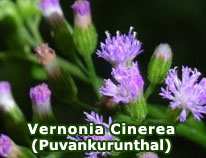
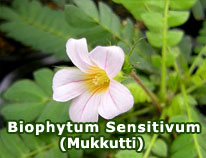
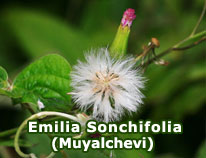
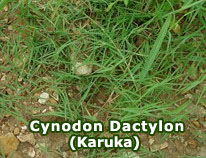

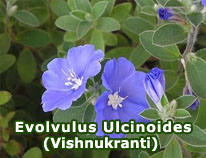
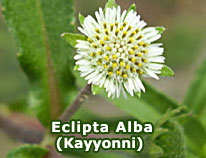
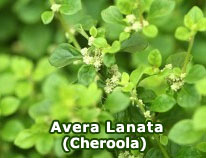
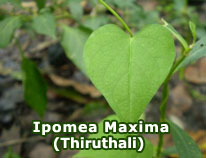
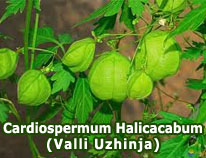
 Loading ...
Loading ...





